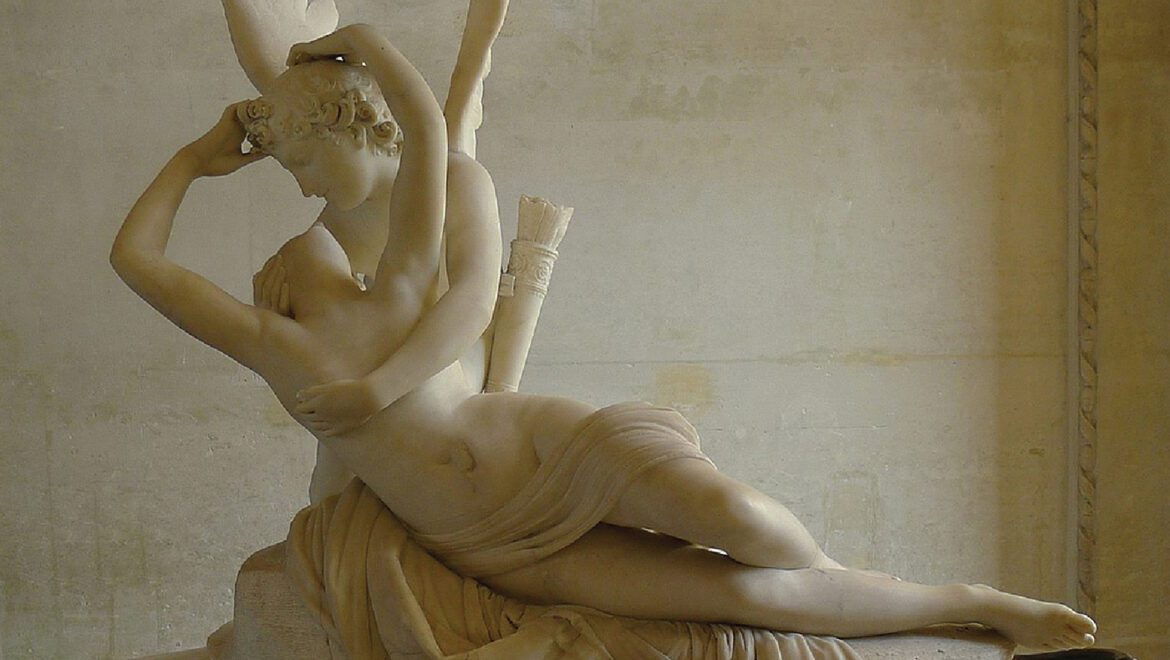In Tuscany, art is not confined to galleries or museums — it lives in the stone, the streets, and the sunlight that spills across the landscape. Centuries after the Renaissance transformed this region into the creative heart of the world, Tuscany continues to inspire new generations of artisans and visionaries. Yet today, the masterpieces being crafted are not bound by the past; they are reinterpretations of it — a dialogue between tradition and modernity, craftsmanship and innovation, time and transformation.
Nowhere is this more visible than in Pietrasanta, a small town at the foot of the Apuan Alps where marble dust still lingers in the air like mist. For centuries, artists have journeyed here to shape the same luminous stone that Michelangelo once selected for his sculptures. Today, the town remains a global hub for sculptors — from emerging talents to contemporary icons — who fuse classical techniques with avant-garde forms. Workshops echo with the sound of chisels, but the creations they yield are distinctly modern: abstract figures, conceptual installations, and intricate stonework that challenge perception while honoring heritage. Studios such as Studio Sem and Favret Mosaici Artistici exemplify this balance, pairing centuries-old craftsmanship with cutting-edge design.
Beyond marble, Tuscany’s artistry continues to evolve through the rebirth of ancient techniques. In Florence and Siena, a quiet renaissance is underway in fresco workshops and textile ateliers, where artisans are reviving methods once thought lost to time. At Bottega del Bon Fresco in Florence, fresco painters use natural pigments and traditional lime plaster to recreate the luminous tones of the Renaissance — yet their subjects reflect contemporary narratives of identity, nature, and the human experience. Similarly, Tuscan textile designers are weaving innovation into heritage. Using handlooms once operated by their grandmothers, they blend organic fibers, sustainable dyes, and modern motifs, producing fabrics that feel both timeless and distinctly of this moment.
This reimagining of craftsmanship extends beyond individual studios to Tuscany’s design culture as a whole. In Arezzo and San Gimignano, boutique galleries are redefining what it means to collect art, curating exhibitions that pair ancient materials with modern vision. Ceramists are experimenting with minimalist forms inspired by Etruscan pottery. Goldsmiths, heirs to Florence’s centuries-old jewelry tradition, are crafting sculptural pieces that blur the line between adornment and art. Even the architecture of contemporary Tuscany reflects this creative evolution — blending restored stone farmhouses with sleek, sustainable design that speaks to both heritage and future.
At its heart, this movement is about connection: to the land, to history, and to the enduring belief that beauty is best when it is made by hand. The artisans leading Tuscany’s creative revival are not simply preserving tradition; they are breathing new life into it. They understand that craftsmanship is a living language — one that evolves, adapts, and continues to tell the story of a region that has shaped the world’s imagination for centuries.
In Tuscany, artistry is not static. It is a pulse — the echo of marble on stone, the rhythm of brush on plaster, the shimmer of gold in morning light. And as its makers reinterpret the past for a modern age, they remind us that true innovation does not replace history — it reawakens it.

